Smart homes are changing rapidly, and smart sockets combined with PD fast charging meet the growing demand for faster, more efficient, and more integrated charging solutions. As smart homes continue to expand and mobile device usage increases, smart sockets have become important components that provide more than simple power delivery. Today's smart sockets have powerful features such as remote control capabilities, voice command support through Alexa and Google Home, power statistics, etc., and with the rise of Type-C fast charging capabilities. The combination of smart sockets and PD fast charging products can meet the multiple needs of consumers. This article explores the five major trends shaping the evolution of smart USB sockets, focusing on the integration of PD fast charging, compatibility with voice assistants, and enhanced mobile applications. Program management.
1. The rise of PD fast charging: PD20W and PD65W meet high power needs
The shift to PD fast charging is a defining trend for smart USB sockets. Power Delivery (PD) is a fast charging technology that enables fast power transfer, especially when using a USB-C connector, making it ideal for the growing number of devices that require higher charging speeds and energy efficiency.
PD20W: Designed primarily for smartphones and tablets, the PD20W provides fast, efficient charging of mobile devices, allowing them to charge to significant levels in a short time. This is crucial in today's fast-paced world, where users expect minimal downtime from their mobile devices.
PD65W: The PD65W, on the other hand, is optimized for large, power-hungry devices like laptops. With the PD65W, users can connect their laptops to a USB outlet instead of relying solely on traditional wall sockets. This flexibility makes the PD65W a key feature in smart homes where multiple high-power devices coexist.
PD fast charging also reduces the risk of overcharging because most devices that support the standard are equipped with smart power management. This is in line with smart home goals of improving energy efficiency, as users can quickly charge multiple devices without consuming unnecessary energy.
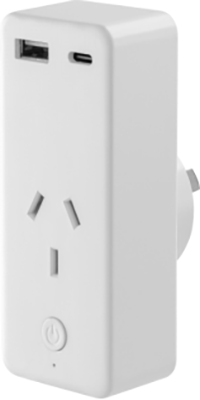
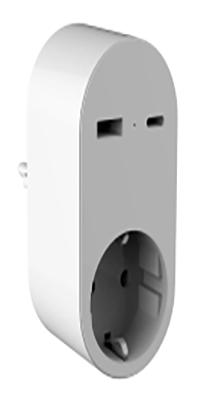
2. APP control and remote management: use electricity anytime, anywhere
Another important trend in the development of smart USB sockets is application-based control. Through the integration of advanced mobile applications, users can now remotely control and monitor their USB outlets, creating a seamless power management experience beyond the home.
Application-based control offers several advantages:
Remote access: Users can turn the outlet on or off from any location, which is great for managing power usage while on the go. This feature also allows users to remotely turn off any connected device, a vital safety feature in case they forget to unplug it.
Scheduling and automation: The app allows users to schedule specific charging times, which is particularly beneficial for reducing power costs by scheduling charging during off-peak hours.
Energy monitoring: Many apps provide real-time energy monitoring, allowing users to track consumption patterns and make more informed decisions about energy use.
With centralized control via an app, users not only gain convenience but also increase energy efficiency and safety.
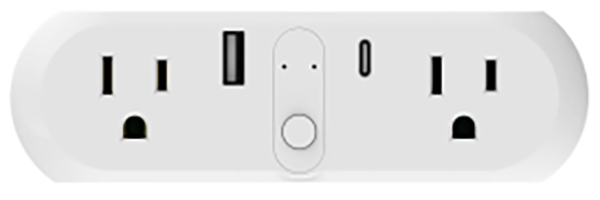
3. Voice control with Alexa, Google Home and speaker integration
Integration of voice assistants like Alexa and Google Home has become a standard expectation in smart home devices, including USB outlets. The voice-activated USB outlet allows users to control power supply hands-free, providing a new level of accessibility and ease of use.
Alexa and Google Home compatibility: These voice assistants can connect directly to compatible smart USB outlets, allowing users to perform basic operations, such as turning the outlet on or off, with simple commands. For example, users can say "Alexa, turn off USB outlet" to turn off connected devices without physically interacting with the outlet.
Speaker Integration: Voice control extends to smart speakers like Google Nest and Amazon Echo, creating a hands-free environment where power management is as easy as speaking commands. This feature is particularly valuable where accessibility is a priority, such as for elderly or differently-abled users.
As voice control becomes more common, Alexa- and Google Home-enabled USB outlets offer users more control and convenience, making them an integral part of the smart home ecosystem.
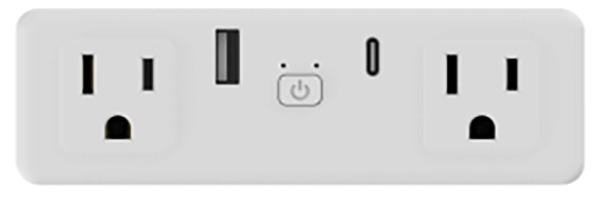
4. The Rise of USB Type-C: Versatile, Fast and Efficient
With the emergence of USB Type-C (TC) as the new standard for USB connectivity, smart USB outlets are now expected to include this versatile port type. Unlike older USB types, USB-C offers several key advantages:
Reversible Design: The USB-C connector is designed to be reversible, allowing users to plug in devices without worrying about the orientation of the plug.
Higher power output: Type-C supports PD fast charging, which is necessary for high-power devices that require fast and efficient energy boost. This feature complements PD20W and PD65W charging, enabling devices such as laptops, tablets and smartphones to be charged safely and quickly.
High-Speed Data Transfer: USB-C can transfer data at high speeds, making it an excellent choice for connecting devices that require power and data transfer, such as external hard drives and media players.
USB-C’s high compatibility with a wide range of devices also fits in with the smart home concept, where versatility and ease of connectivity are crucial. As more and more devices adopt USB-C, smart USB outlets with this port type provide users with a future-proof solution that supports fast and efficient charging.
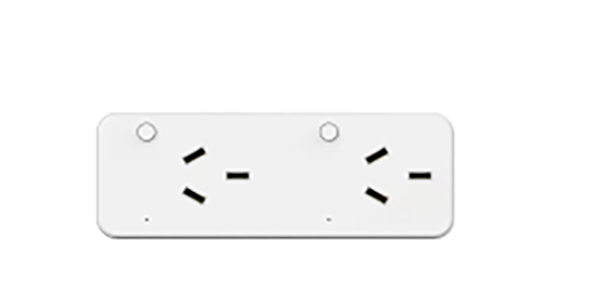
5. Enhanced security features of intelligent power management
As USB sockets become smarter, the need for advanced security features increases. Users expect their outlets to not only operate efficiently, but also include safety measures to prevent electrical hazards. The new smart USB socket meets this need by integrating the following security features:
Surge Protection: Protects equipment from unexpected power surges, ensuring sensitive electronics are protected from voltage spikes.
Overheating control: USB sockets with PD charging capabilities can generate a lot of heat, especially when using PD65W fast charging. Built-in overheat protection detects and mitigates excessive temperatures, preventing damage to the outlet or connected devices.
Overload and Short Circuit Protection: These features automatically shut down the outlet if an excessive power load or short circuit is detected, protecting the device and outlet from potential damage.
These safety innovations not only provide users with peace of mind, but also extend the life of smart sockets and the devices they power.
The future of smart USB sockets in the smart home ecosystem
As the smart home market expands, USB sockets are expected to adopt more smart functions to meet changing user needs. Future trends that may impact smart USB socket innovation include:
AI-driven power management: Artificial intelligence can further enhance smart USB outlets by predicting user habits and automatically adjusting power delivery based on device needs. For example, an outlet might detect when a device is fully charged and turn off automatically, saving energy without user intervention.
Interconnection with IoT devices: With the rise of the Internet of Things (IoT), USB outlets may gain enhanced connectivity capabilities, allowing them to communicate with other smart home devices. For example, outlets can work with smart thermostats to optimize energy use during peak hours, or shut down during absences to save power.
Enhanced data security: As more and more devices are connected to the internet, data security will become a top priority. USB outlets with remote and application-based control capabilities need to include strong encryption and other security measures to protect user data from unauthorized access.
in conclusion
The evolution of smart USB outlets, from PD fast charging to voice and app control, is reshaping the way we interact with home power management. Powered by the smart home revolution, these outlets now offer high-speed, efficient charging solutions, available in PD20W and PD65W options, support hands-free control via Alexa and Google Home, and offer the convenience of remote access via a dedicated mobile app. Going forward, these devices will become even smarter, with potential advancements in AI-driven power management, IoT interconnectivity, and greater data security. Smart USB sockets are no longer just an accessory, but an important part of the future of connected, efficient, smart homes.
Post time: Oct-31-2024